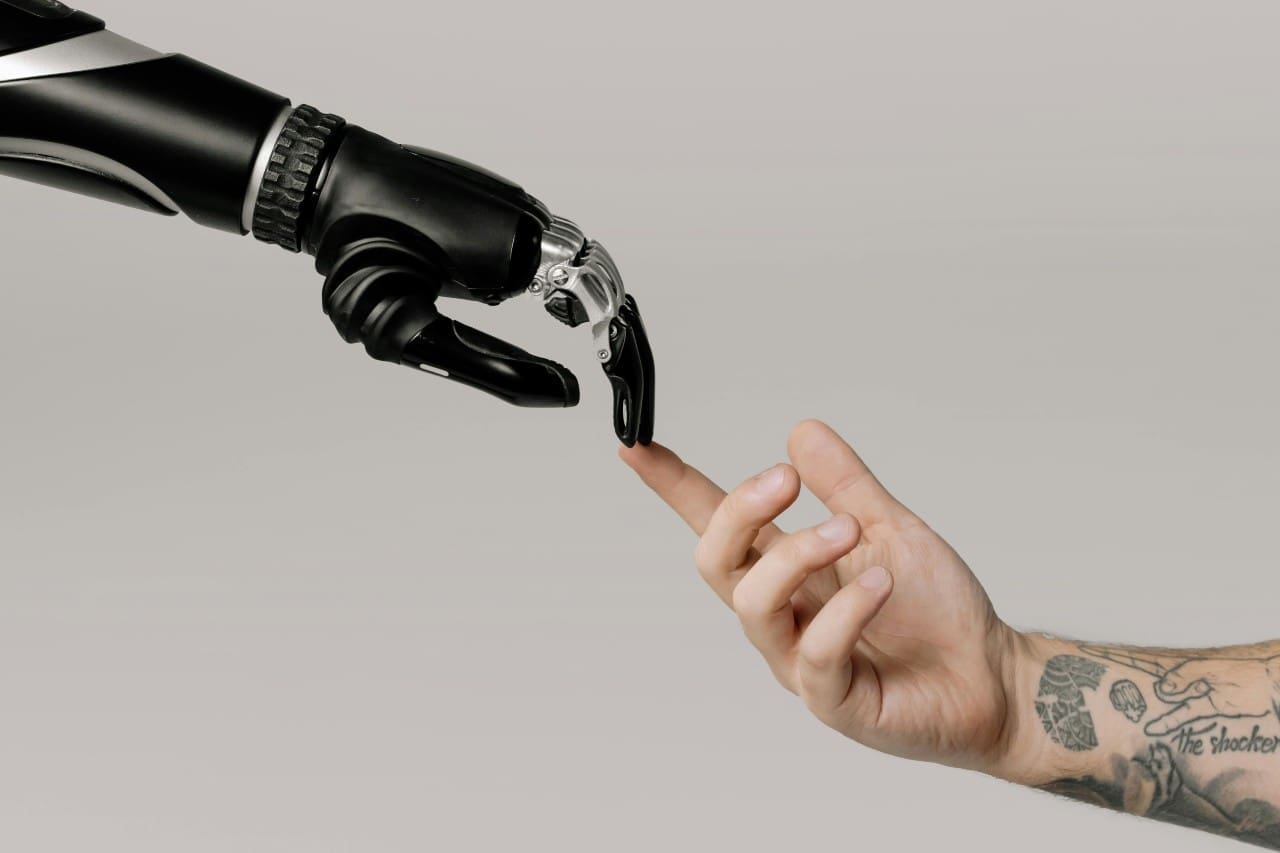Look around any venue, coffee shop, or subway car and what do you see? Everyone’s glued to their phone. That’s exactly how people are checking out your business too—whether you’re a tattoo shop, a band, a restaurant or a bar.
If your site doesn’t load fast, look good, and work smoothly on a phone, people will bounce before you even get to make an impression. The good news? A few smart tweaks can make your site way more mobile-friendly, which means better SEO, more fans, and more paying customers.
Table of Contents
Why Mobile-First Matters
Mobile-first means designing for phones first, desktops second. Most of your audience is hitting your site from a phone. Google also looks at your mobile version when ranking you.
Example: If you’re a band, your fans probably search you up right after a show. If your mobile site is clunky or slow, they’ll head back to Spotify and forget to buy merch or tickets. For small businesses, a slow or messy mobile site can cost you a dinner booking or a new client lead.
Responsive Layouts
A responsive layout adapts to different screen sizes—no pinching, no zooming, no sideways scrolling.
Why it matters: If your Shopify-style store looks amazing on desktop but turns into a puzzle on mobile, shoppers won’t stick around. Responsive design means your content looks clean no matter what device people use.
Core Web Vitals (Speed, Responsiveness, Stability)
These are Google’s key measures for site health:
- Speed (LCP): How fast your main content loads. You’ll want to compress, resize, and serve next-gen images (WebP/AVIF). Preload your hero image if needed.
- Responsiveness (INP): How quickly the site reacts when someone taps a button. For this you’ll need to limit heavy JS and defer non-critical scripts.
- Stability (CLS): Making sure the page doesn’t “jump” around while loading. To do this set explicit width/height on images and reserve space for ads/embeds.
Tips: Pick a performance-first theme and keep apps lean; too many apps cancel out a fast theme. You can also use a performance plugin to defer JS and lazy-load media (e.g., Jetpack Boost, WP Rocket, Hummingbird). Test it using Google’s PageSpeed Insights to get an idea but don’t get obsessed with trying to get the elusive 100% score. We’ve all fallen into that trap!
Example: Ever tried to buy tickets on your phone and the “Buy Now” button shifts just as you tap? Frustrating. That’s poor CLS, and it can literally cost sales.
Smarter Image Optimization
Images can make or break your site speed. On mobile, heavy images slow everything down.
Tip: Use smaller file sizes, next-gen formats (like WebP), and lazy loading so images only load when people scroll. There’s some great plugins out there to help you with this such as Smush for WordPress websites.
Example: A charcuterie shop with giant full-res photos might look beautiful on desktop, but if mobile visitors wait 8 seconds to see the board—most are gone.
Thumb-Friendly Design
Think about how people hold their phones. Big thumbs + tiny buttons = rage quit.
Tips:
- Make buttons big and obvious (44–48px is a good standard).
- Keep menus short; use sticky bottom or top nav for key actions (Cart, Contact, Book)
- Don’t bury your menus.
- Put important actions where thumbs naturally rest (lower part of the screen using a sticky bottom).
Example: A hair salon with a “Book Now” button should make it easy to hit with one thumb, not hidden in a hamburger menu.
Cut the Bloat (Less Is More)
Too many scripts, pop-ups, or widgets can slow down your mobile site and make it harder to use.
Tips:
- Audit and remove unused plugins/apps.
- Combine tracking tags in Google Tag Manager where possible.
- Load embeds (maps, videos, reviews) on interaction to reduce unnecessary loading.
Example: A band site with auto-playing video, a newsletter pop-up, and three embedded Spotify players? That’s overkill. Keep it simple and focused.
Test Like a Real Human
Don’t just look at your site on a big Apple Studio Display. Pull out your phone and actually try to buy something, book a service, or read your content.
Tip: Ask a friend who’s not tech-savvy to try it too. If they get confused, your customers will too.
Example: A restaurant site might look fine until someone actually tries to find the menu on their phone—and gives up when it’s hidden in a PDF.
Wrap-Up + How We Can Help
Mobile optimization isn’t about chasing trends. It’s about making sure your fans, customers, or clients can reach you easily without friction. That means more bookings, more sales, and more loyalty.
At Be Loud Media, we make websites that actually work on the devices people use every day. From speeding up your mobile site to fixing layouts and images, we’ll make sure your visitors stick around—and convert.
Ready to optimize your mobile site? Contact us today.





